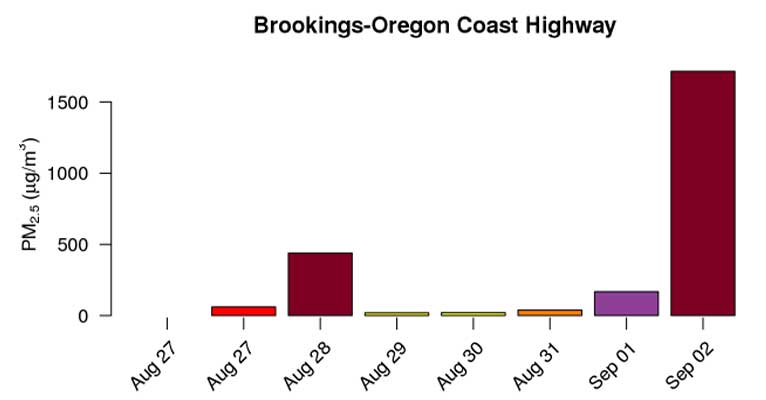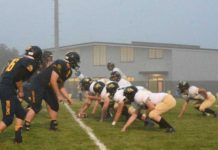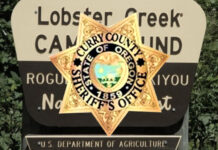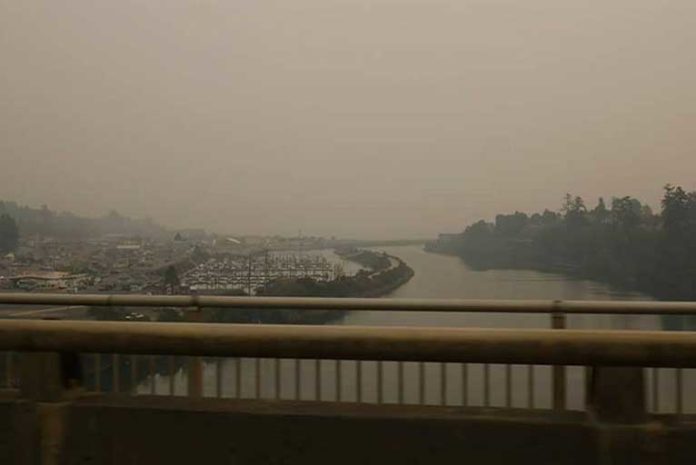Wildfire smoke, while it may remind you fondly of happy campfire moments, is not as benign as some would think. When smoke is heavy, thick and visibility is low, especially near a wildfire, it can be bad for everyone.
This type of wildfire smoke, created when wood and other organic materials burn, creates a complex mixture of gases and fine particles. The biggest health threat from smoke is from fine particles. These microscopic particles can penetrate deep into your lungs and high concentrations of smoke can trigger a range of symptoms.
Symptoms that individuals may experience include burning eyes, a runny nose, cough, phlegm, wheezing and difficulty breathing. A wide variety of pre-existing medical conditions such as heart or lung disease, angina, COPD, and others may make symptoms more aggravated.
If you have heart or lung disease, smoke may make your symptoms worse. People with heart disease might experience chest pain, palpitations, shortness of breath, or fatigue, while individuals with lung disease may not be able to breathe as deeply or as vigorously as usual, and may experience symptoms such as coughing, phlegm, chest discomfort, wheezing and shortness of breath.
If you have cardiovascular disease, be sure to your healthcare provider’s directions and call if your symptoms worsen. If you think you are having a heart attack or stroke, dial 9-1-1.
If you have asthma or another lung disease, make sure you follow your healthcare provider’s directions about taking your medicines and following your asthma action plan. Have at least a five-day supply of medication on hand. Call your health care provider if your symptoms worsen.
People should pay close attention to these types of symptoms as they can become critical very quickly, and if you believe you or someone is having increased difficulties, contact emergency services and dial 9-1-1.
It’s especially important for individuals to pay attention to local air quality reports during a fire, and take steps to protect themselves. As smoke gets worse, the concentration of particles in the air increases, and so should the steps you take to protect yourself. Limit your exposure to smoke, especially if you are at increased risk for particle-related effects. Here are some steps you can take to protect your health.
If you don’t have an air quality monitor in your area, or access to air quality information, one of the first things individuals should do is use common sense to guide your activities. For example, it’s probably not a good time to mow the lawn or go for a run if it looks or smells smokey outside.
Parents or guardians should be particularly vigilant with children, especially children with asthma. Limiting their activities outdoors for prolonged periods of time. If you or they are active outdoors, pay close attention to symptoms as symptoms are an indication that you need to reduce your exposure.
Dust masks are not enough! Paper “dust” masks or surgical masks will not protect your lungs from the fine particles in wildfire smoke. Scarves or bandanas (wet or dry) won’t help, either. Have a supply of N-95 or P-100 masks on hand, and learn how to use them correctly. They are sold at many hardware and home repair stores and online.
Consider buying an air cleaner. Some room air cleaners can help reduce particle levels indoors, as long as they are the right type and size for your rooms as specified by the manufacturer. If you choose to buy an air cleaner, don’t use an air cleaner that generates ozone. That just puts more pollution in your home.
Should you decide, or are advised to stay indoors, take steps to keep indoor air as clean as possible. Keep your windows and doors closed. Run your air conditioner, if you have one. Keep the filter clean to prevent bringing additional smoke inside. Open windows to air out the house when air quality improves. Remember to consider heat, if you don’t have an air conditioner, staying inside with the windows closed may be dangerous in extremely hot weather. In these cases, seek alternative shelters, such as with relatives or a cleaner air shelter.
For more information or to view current levels visit:
https://wildlandfiresmoke.net/outlooks/2017/ChetcoBar#Overview
https://haze.airfire.org/monitoring-data-report/v1/?monitors=Smoke..216__lon_.124.270_lat_42.055

















